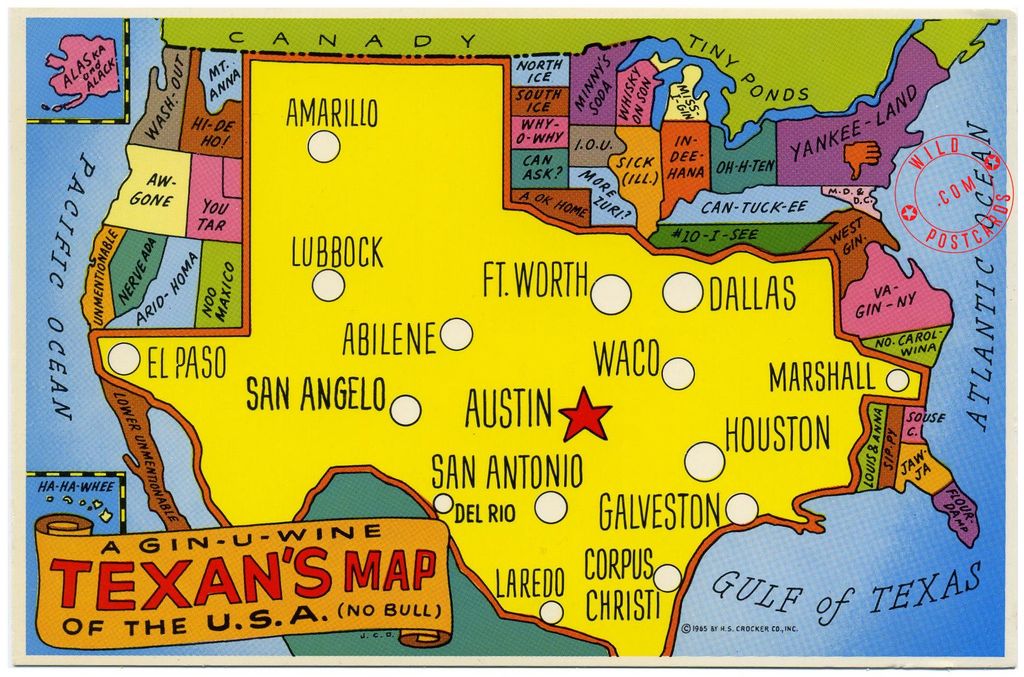In a move that has sparked national debate, Texas lawmakers have officially banned Pride flags and other symbols of political or social movements from classrooms across the state. The new legislation mandates that only the American flag, featuring the iconic stars and stripes, is allowed to be displayed in any public school classroom. Supporters of the law argue that it reinforces a focus on patriotism, while critics claim it stifles the expression of diversity and inclusion.

A Controversial Decision
The law, which passed through the Texas legislature with strong support from conservative representatives, was justified by proponents as a way to keep classrooms focused on education, not political or social movements. “The classroom should be a place for learning and unity,” said Texas Governor Greg Abbott in a public statement. “The American flag represents freedom and opportunity for all, and that’s the only symbol we should rally around in our schools.”
However, the decision to ban Pride flags has ignited protests and backlash from LGBTQ+ advocates and supporters of inclusion. Many argue that removing the Pride flag from classrooms sends a message that Texas is unwilling to acknowledge or celebrate the diversity of its student population.
Supporters Stand Firm on Patriotism
Those in favor of the ban assert that classrooms should be free of any symbols that could be seen as divisive or politically charged. “The American flag is a unifying symbol. Pride flags, while important to some, represent only a portion of our population and carry political undertones,” said State Senator Bryan Hughes, one of the lawmakers behind the bill. “This law ensures that our schools remain neutral and focused on academic excellence, not activism.”
Supporters believe that allowing Pride flags and other symbols of movements like Black Lives Matter or pro-choice campaigns could blur the line between education and activism, leading to biased perspectives in what should be a neutral environment. “By sticking to the American flag, we reaffirm our shared values as a nation without alienating students from different backgrounds or beliefs,” Hughes added.
Backlash and Protests
LGBTQ+ advocates, students, and allies across the state have voiced strong opposition to the new law. Many see the ban as an attack on the visibility and acceptance of LGBTQ+ students in schools, which could further marginalize an already vulnerable population. Activists have organized protests, both online and in major Texas cities, calling the legislation a setback in the fight for equality and inclusion.
“Pride flags are not just symbols of a political movement, they represent visibility, safety, and acceptance for LGBTQ+ students,” said Rachel Hernandez, a leader of the advocacy group Equality Texas. “By removing these flags, Texas is erasing the identity of countless students who deserve to feel seen and respected in their classrooms.”
Students have also taken to social media to express their disappointment, with the hashtag #LetPrideFly trending in Texas shortly after the announcement. “The Pride flag in my classroom was a symbol that I was safe, that my teacher saw me for who I am,” one student tweeted. “Now, that’s gone.”
The Impact on Schools
While the law is effective immediately, school districts across Texas are scrambling to adjust. Teachers and administrators are tasked with removing any Pride flags or other symbols of political and social movements, a process that some educators are reluctantly complying with. “I’ve always been proud of the inclusive environment I’ve cultivated in my classroom, and this feels like a step backward,” said a high school teacher from Austin who asked to remain anonymous. “The American flag is important, but it’s not the only symbol my students need to feel accepted and valued.”
Some districts are bracing for potential legal battles as civil rights groups are already preparing to challenge the ban. They argue that the law violates students’ First Amendment rights to free speech and expression. “This law is an overreach and an infringement on the rights of students and teachers to express their identities and values,” said an attorney from the American Civil Liberties Union (ACLU).
A National Conversation
Texas is not the first state to introduce legislation limiting what symbols can be displayed in classrooms, but it is one of the most prominent. The decision has sparked a larger national conversation about the role of symbols in education, free speech, and the visibility of marginalized groups.
While some view the ban as a necessary step to maintain order and neutrality in schools, others see it as part of a growing trend of states limiting expressions of identity and activism. The conversation has reignited debates about the balance between patriotism and personal freedom, particularly in educational settings.
Moving Forward
As Texas moves forward with enforcing the ban, the state finds itself at the center of a heated cultural debate. For many, this law represents more than just the removal of flags—it’s a reflection of the ongoing struggle between maintaining traditional values and embracing the changing face of American society.
The ban on Pride flags has galvanized activists and created a fresh battleground for LGBTQ+ rights and free speech, not only in Texas but across the country. Whether this law will stand in the face of legal challenges remains to be seen, but one thing is certain: the conversation around what symbols belong in the classroom is far from over.
In the words of one activist at a recent protest, “A flag is more than just cloth—it’s a symbol of who we are. And everyone deserves to be seen.”




